Designations of origin, protected geographical indications and traditional specialties guaranteed
Content
What is a protected designation of origin, a protected geographical indication and a traditional speciality guaranteed?
Products with a protected designation of origin (PDO) owe their quality or characteristics to the geographical environment, including its natural and human factors. These products must always be produced, processed and prepared in the specific geographical region from which they take their name.
Products with a protected geographical indication (PGI) have a particular quality, reputation or other characteristic attributable to a geographical origin. They are produced, processed or prepared in the geographical area from which they take their name.
Traditional specialities guaranteed (TSG) are products with specific features which differentiate them from other foods in the same category. They are produced from traditional raw materials or feature a traditional composition or method of production or processing.
What are the effects of registration?
Once a geographical indication (protected designation of origin or protected geographical indication) is entered in the European Union register, it is covered by intellectual property rights and is protected against:
- Any direct or indirect commercial use of the geographical indication in relation to products not covered by the registration, when those products are comparable to the goods registered under that name or when the use of that geographical indication for any product or service exploits, weakens, dilutes or is detrimental to the reputation of the protected name (including when the products are used as ingredients);
- Any misuse, imitation or evocation, even if the true origin of the goods or services is indicated, or if the protected name is translated, transcribed, transliterated or accompanied by an expression such as ‘style’, ‘type’, ‘method’, ‘as produced in’, ‘imitation’, ‘flavour’, ‘similar’ or similar expressions, including when the products are used as ingredients;
- Any other false or misleading indication of the provenance, origin, nature or essential qualities of the product used on the inner or outer packaging, in advertising material or in documents or information provided on online interfaces relating to that product, or the use of packaging which has characteristics that may create a mistaken impression as to the origin of the product;
- Any other practice which may mislead consumers about the true origin of the product.
Names registered as traditional specialities guaranteed, while not covered by intellectual property rights, shall be protected against any misuse, imitation or evocation – even if the protected name is translated – including in relation to products used as ingredients, or against any other practice which might mislead consumers.
Who can apply for registration?
Applications for entry in the register of geographical indications (PDO or PGI) may only be submitted by an applicant producer group. An applicant producer group means an association, irrespective of its legal form, made up of producers of the same product, the name of which product it wishes to register.
Applications for entry in the register of a traditional speciality guaranteed may only be submitted by an applicant producer group. An applicant producer group is an association, irrespective of its legal form, made up of producers of the same product, the name of which product it wishes to register, or of a single producer where the person concerned is the only producer willing to submit an application. Several applicant producer groups from different Member States or third countries may submit a joint application for registration.
Where to apply
If the product’s geographical scope falls within a single autonomous community, the application must be made to the responsible body of that community![]() .
.
If the geographical scope covers more than one autonomous community, the application must be made to the Ministry of Agriculture, Fisheries and Food (Directorate-General for the Food ( dgia@mapa.es ).
Who may use a geographical indication or a guaranteed traditional speciality?
Any operator that places on the market products conforming to the relevant product specification.
Both the operators and their products are subject to an official control system to ensure compliance with the EU regulations governing these quality schemes.
How is a product recognisable on the market?
Through the European Union logos:
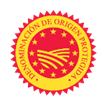

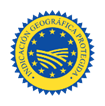
Agricultural products originating in the European Union marketed under a geographical indication: the EU logo associated with that geographical indication will appear on the labelling and on the advertising material. As regards labelling, the geographical indication must appear in the same field of vision as the EU logo. The logo is voluntary for wines and spirits.
Food product labelling may feature the wording ‘protected designation of origin,’ ‘protected geographical indication’ or ‘traditional speciality guaranteed’, or the corresponding abbreviations ‘PDO’, ‘PGI’ or ‘TSP’. These terms are compulsory for wines and spirits.
Products originating in the European Union that are placed on the market as a registered traditional speciality guaranteed: the EU logo must appear on the labelling and advertising materials together with the name registered in the same field of vision.
Relevant links
Information for each Autonomous Community

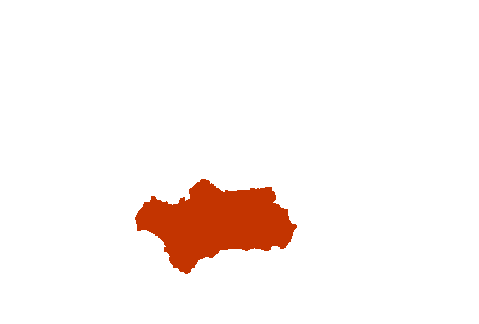
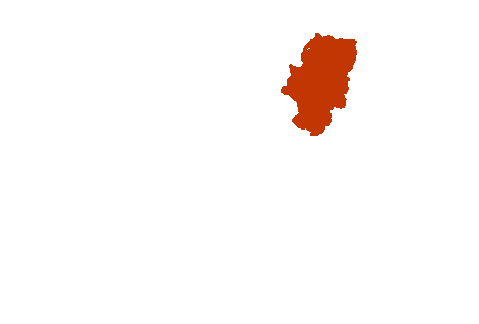



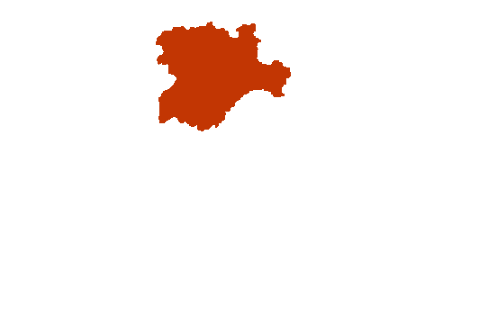
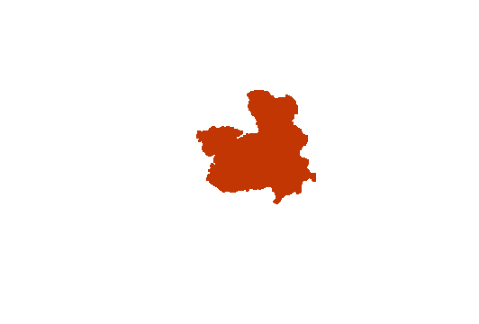




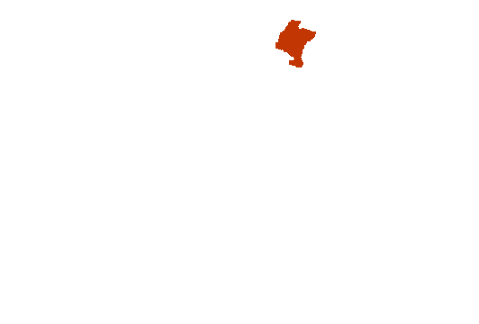

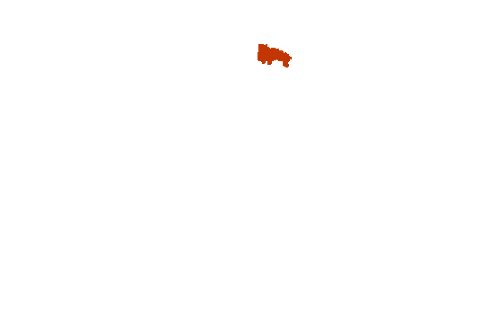
Andalucía Aragón Asturias, Principado de Balears, Illes Canarias Cantabria Castilla y León Castilla-La Mancha Cataluña Ciudad de Ceuta Ciudad de Melilla Comunitat Valenciana Extremadura Galicia Madrid, Comunidad de Murcia, Región de Navarra, Comunidad Foral de País Vasco Rioja, La
Legal and/or technical references
-
Database of Spanish protected designations of origin and protected geographical indications

-
Database of European Union protected designations of origin and protected geographical indications

-
Database of Traditional Wine Terms of the European Union

-
Database of European Union traditional specialities guaranteed



